The 1980s were a golden age for cinema, full of bold ideas and filmmakers willing to take risks. Yet, some of the best movies from that decade flew under the radar when they were first released. Maybe they didn’t resonate with audiences at the time, or perhaps their quirky, unconventional stories were ahead of their era. Over time, though, these films found devoted audiences and achieved cult classic status, standing as cherished gems of the ’80s. Let’s dive into 12 cult classics from the ’80s that few watched when they first hit theaters but have since become unforgettable.
1. Blade Runner (1982)
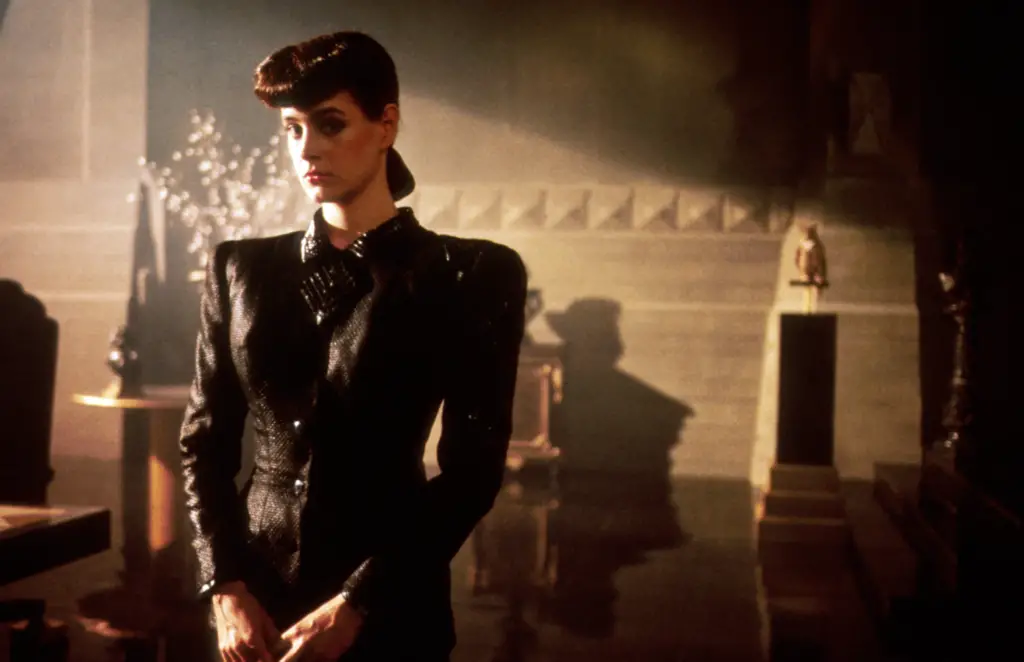
Ridley Scott’s Blade Runner is now a cornerstone of science fiction, but its initial release was a far cry from success. Critics were divided on its slow pacing and philosophical tone, while audiences were baffled by its dystopian world and ambiguous narrative. The movie barely broke even at the box office, overshadowed by more accessible films like E.T. and Star Trek II: The Wrath of Khan. Yet, as the years passed, Blade Runner’s stunning visuals and complex exploration of humanity struck a chord with viewers who revisited it.
Harrison Ford’s portrayal of Rick Deckard, a weary “blade runner” tasked with hunting down rogue replicants, became iconic, as did Rutger Hauer’s unforgettable turn as the tragic villain Roy Batty. The film’s themes of identity, mortality, and what it means to be human continue to resonate. Multiple versions of the movie, including the famous “Final Cut,” have allowed it to be reappraised as a masterpiece. Today, Blade Runner stands as a testament to the power of perseverance, showing that a movie doesn’t need instant success to become timeless.
2. The Thing (1982)
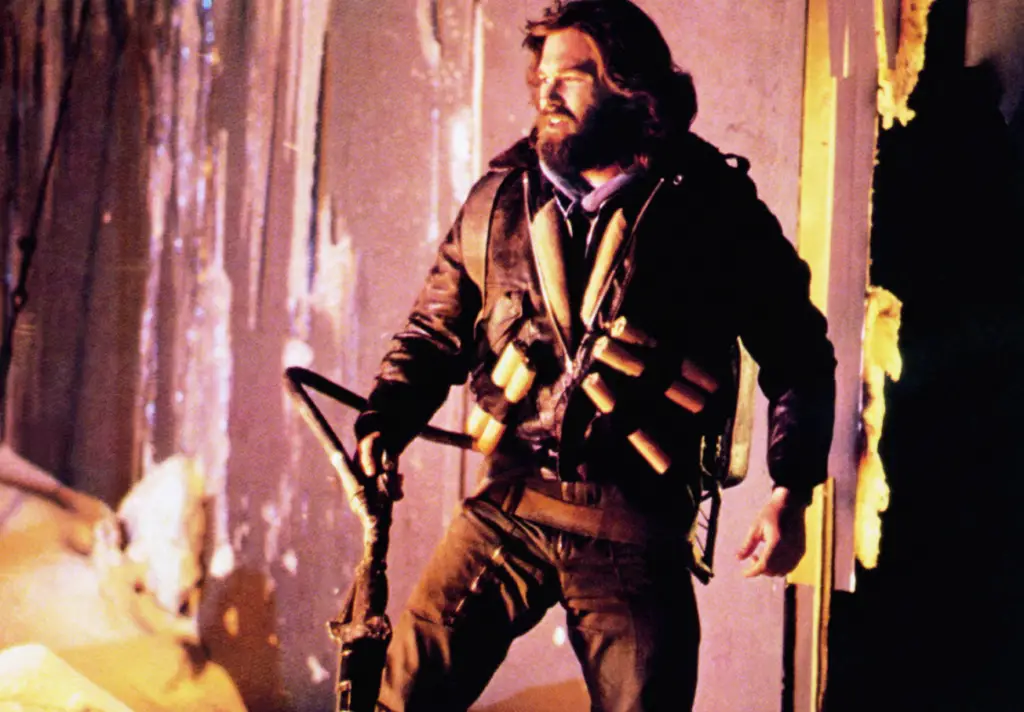
John Carpenter’s The Thing is now regarded as one of the greatest sci-fi horror films ever made, but it was anything but a hit when it first arrived in theaters. Released just weeks after E.T. painted aliens as friendly and whimsical, The Thing’s grotesque and paranoid take on extraterrestrial life was too much for most audiences. Critics were harsh, calling it overly gory and lacking humanity, and ticket sales reflected the sentiment. However, over the years, the film found its audience through home video and late-night cable, where its incredible practical effects and tense storytelling earned the admiration they deserved.
The brilliance of The Thing lies in its ability to create a sense of dread and isolation. Set in an Antarctic research station, the film pits Kurt Russell’s R.J. MacReady and his team against a shape-shifting alien that can perfectly mimic its victims. The paranoia and mistrust among the characters made it more than just a monster movie—it was a psychological thriller. Today, The Thing is a staple of horror marathons and still manages to terrify new audiences, proving that sometimes a slow burn is all it takes to achieve classic status.
3. Heathers (1988)
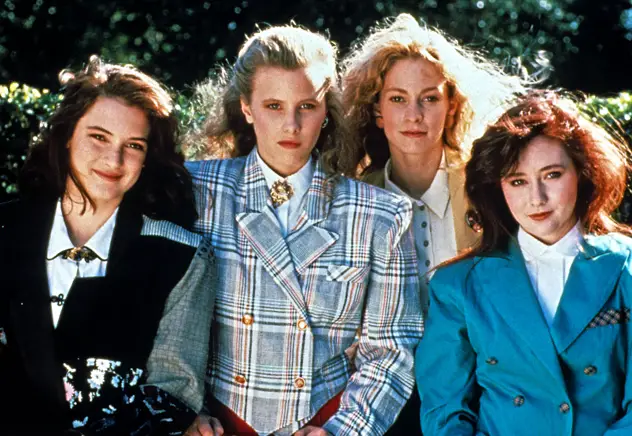
Heathers was a dark, biting satire of high school culture that didn’t exactly find a welcoming audience upon release. Starring Winona Ryder and Christian Slater, the film skewered everything from cliques to teenage suicide in a way that was both shocking and hilarious. Its edgy humor and unapologetically grim tone alienated mainstream audiences, and it was pulled from many theaters before it could gain traction. But in the years since, Heathers has been embraced as a sharp, brilliant cult classic.
What sets Heathers apart is its fearless approach to taboo subjects. Its story of a teenage girl teaming up with a psychotic boyfriend to take down her school’s social hierarchy feels just as daring now as it did then. Lines like “What’s your damage?” became part of the lexicon for fans who discovered the movie on VHS. Heathers paved the way for other dark teen comedies like Mean Girls, cementing its place in cinematic history as a film that dared to go where others wouldn’t.
4. Big Trouble in Little China (1986)
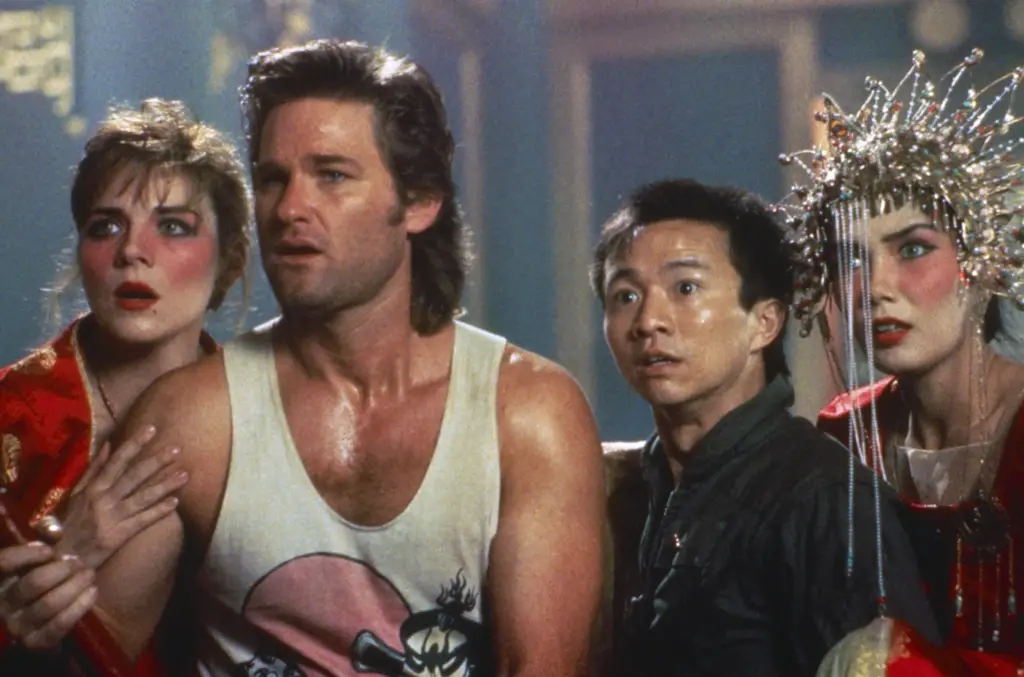
John Carpenter struck again with Big Trouble in Little China, an over-the-top action-comedy that mixed martial arts, supernatural elements, and Kurt Russell’s endlessly entertaining performance as the bumbling Jack Burton. Unfortunately, the film’s unique blend of genres didn’t resonate with 1986 audiences, who didn’t know what to make of it. Critics were equally confused, and the movie bombed at the box office. But its campy charm and relentless energy found a loyal following in the years that followed.
What makes Big Trouble in Little China so beloved today is its sheer audacity. It’s a movie that refuses to take itself seriously, leaning into its absurdity with gusto. From Russell’s clueless hero to James Hong’s iconic villain Lo Pan, every character and scene is memorable. It’s the kind of film that demands multiple viewings, each time revealing more of its quirky brilliance. Big Trouble in Little China may not have been appreciated in its time, but it’s now a cornerstone of ’80s cult cinema.
5. The Adventures of Buckaroo Banzai Across the 8th Dimension (1984)
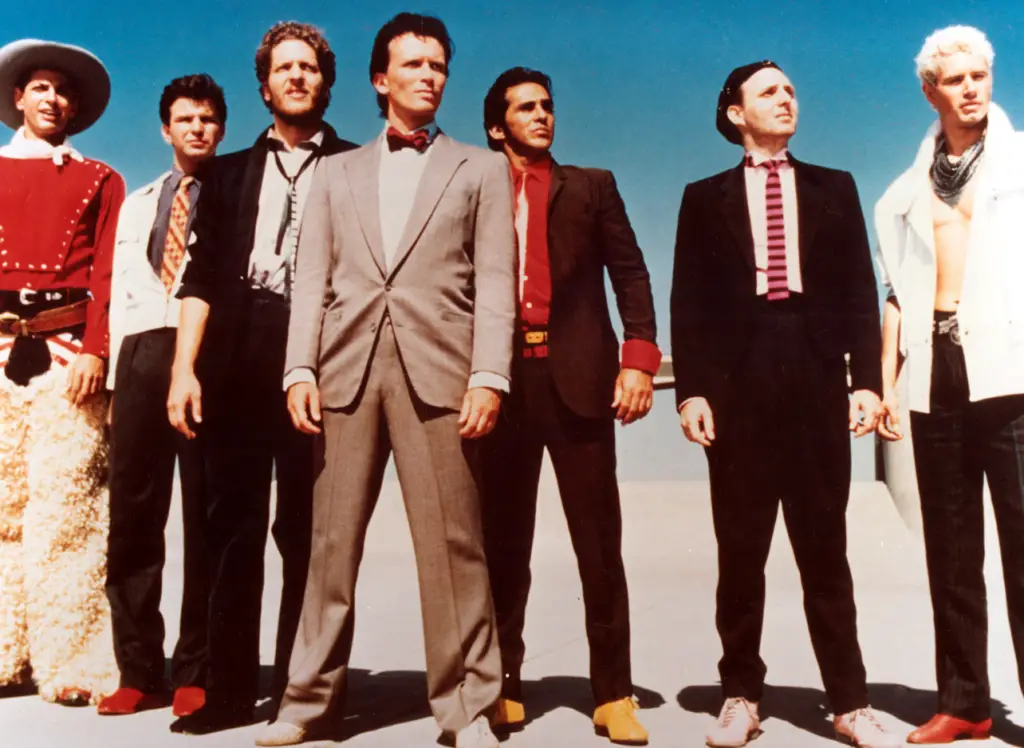
Few films are as gloriously strange as The Adventures of Buckaroo Banzai Across the 8th Dimension. Starring Peter Weller as the titular Buckaroo—a neurosurgeon, rock star, and adventurer—the movie was a mishmash of sci-fi, action, and comedy that defied categorization. It’s no surprise that audiences in 1984 didn’t quite know what to make of it, leading to disappointing box office returns. Critics were equally baffled by its bizarre plot involving interdimensional aliens and Buckaroo’s eclectic group of sidekicks, the Hong Kong Cavaliers.
But for those willing to embrace its offbeat charm, Buckaroo Banzai became a cult classic in every sense of the word. The film’s quirky humor, endless quotability, and eccentric characters struck a chord with fans who discovered it on home video. Lines like “No matter where you go, there you are” became mantras for its devoted followers. Over the years, the movie has inspired comics, fan conventions, and even talks of a sequel that never materialized. It remains a testament to the power of sheer creativity, even when it defies the mainstream.
6. Repo Man (1984)
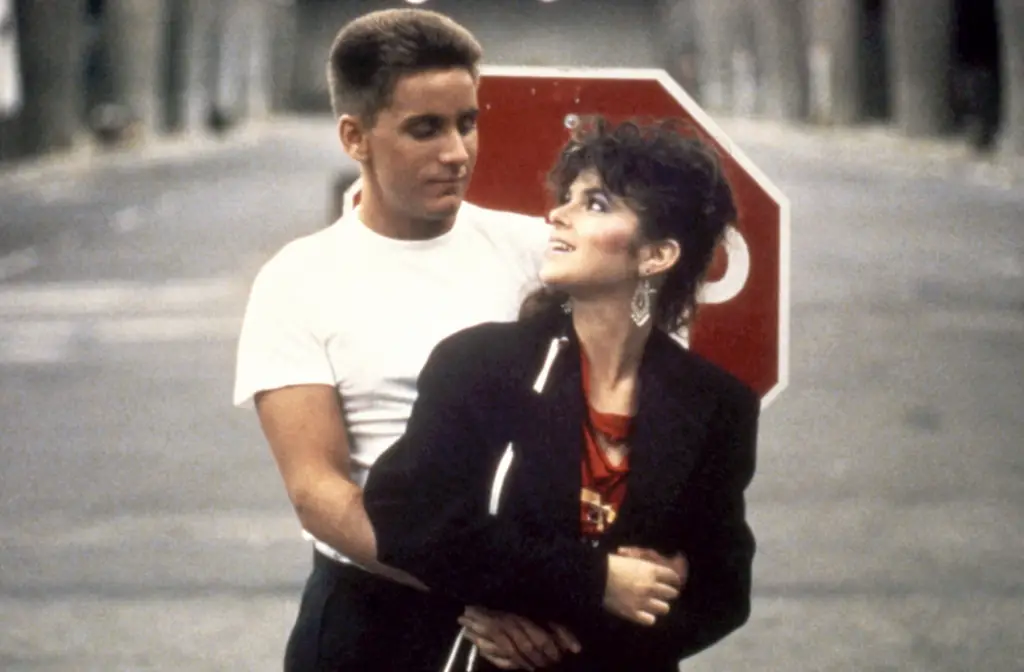
Alex Cox’s Repo Man was a punk-rock fever dream of a movie that practically defined the term “cult classic.” Emilio Estevez starred as Otto, a disaffected young man who gets drawn into the surreal world of repossessing cars. What starts as a quirky comedy quickly spirals into a bizarre tale involving government conspiracies, aliens, and a mysterious glowing Chevy Malibu. Audiences in 1984 weren’t ready for its anarchic energy, and the film flopped hard.
But for fans of its irreverent humor and anti-establishment ethos, Repo Man became a rallying cry. The film’s biting social commentary, paired with its unforgettable punk soundtrack, made it a favorite among counterculture audiences. Estevez’s deadpan performance and Harry Dean Stanton’s grizzled mentor figure added layers of charm to an already chaotic story. Today, Repo Man stands as a quintessential ’80s oddity that refuses to be boxed into any single genre, a perfect example of how originality can thrive outside of the mainstream.
7. The Last Starfighter (1984)
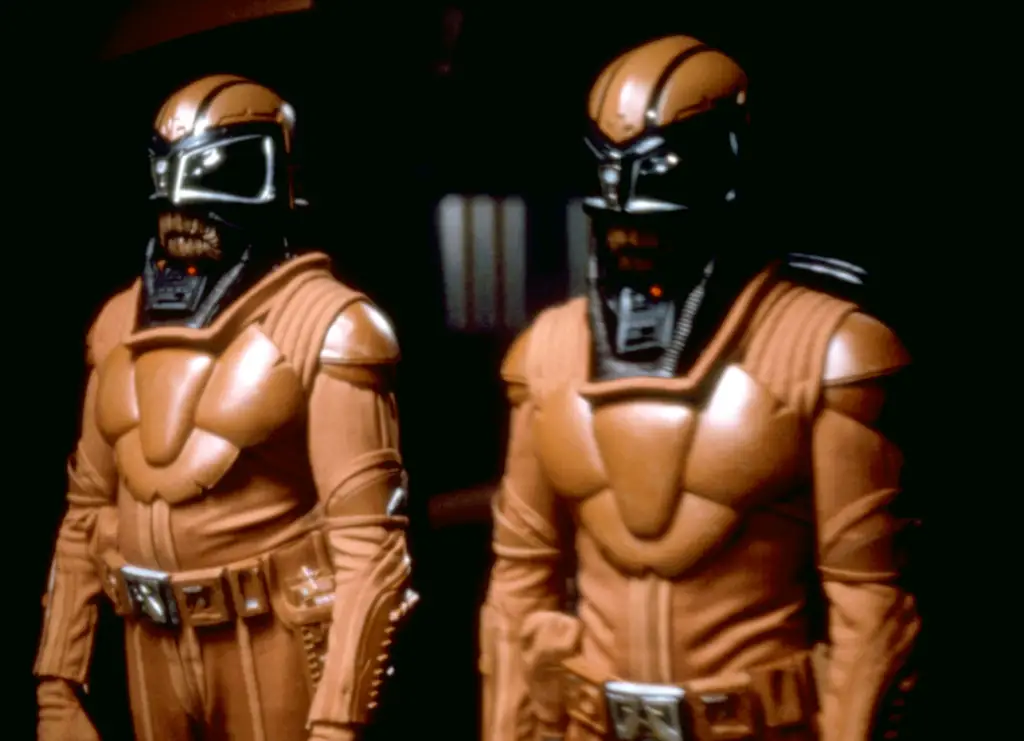
The Last Starfighter had all the makings of a crowd-pleaser—a heartwarming story, groundbreaking CGI effects, and an underdog hero—but it struggled to find an audience during its initial release. The film tells the story of Alex Rogan, a small-town teenager whose skill at a video game leads him to become a real-life starfighter pilot in an intergalactic war. It was a fun, feel-good adventure, but in a year dominated by heavyweights like Ghostbusters and Indiana Jones and the Temple of Doom, it was easy to overlook.
Over time, however, The Last Starfighter gained a devoted following, particularly among sci-fi fans who appreciated its charm and earnestness. Its innovative use of CGI, though primitive by today’s standards, was groundbreaking at the time and laid the groundwork for future digital effects. The film’s heartwarming message about seizing opportunities and embracing destiny resonated with audiences who discovered it on VHS and cable. Today, it’s remembered as a gem of ’80s cinema that perfectly captures the era’s spirit of wide-eyed adventure.
8. They Live (1988)
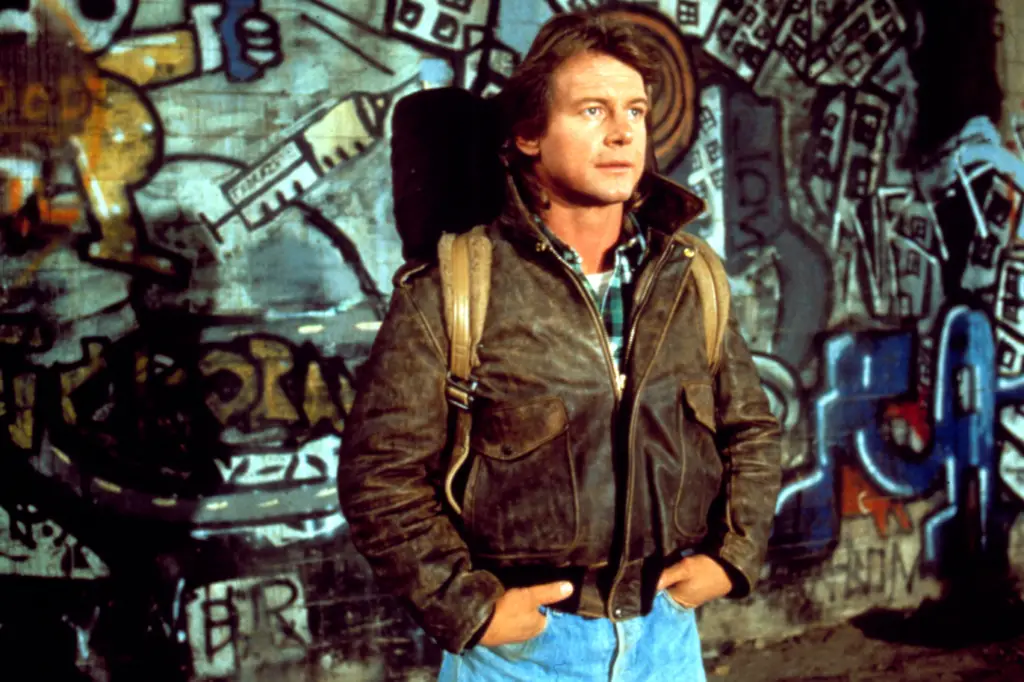
John Carpenter struck cult gold yet again with They Live, a biting sci-fi satire that was equal parts action movie and social commentary. Starring wrestler Roddy Piper as a drifter who stumbles upon a pair of sunglasses that reveal the world’s hidden alien overlords, the film was as outlandish as it was thought-provoking. Its release in 1988 garnered lukewarm reviews and modest box office returns, with many dismissing it as a lightweight B-movie.
But as time passed, They Live became a rallying point for fans who appreciated its subversive critique of consumerism and media manipulation. The now-famous line “I have come here to chew bubblegum and kick ass, and I’m all out of bubblegum” turned Piper’s character into an unlikely icon. The film’s fight scenes, particularly a hilariously drawn-out brawl between Piper and Keith David, are now legendary. They Live remains a timeless piece of satirical sci-fi that resonates as much today as it did in the ’80s.
9. Videodrome (1983)
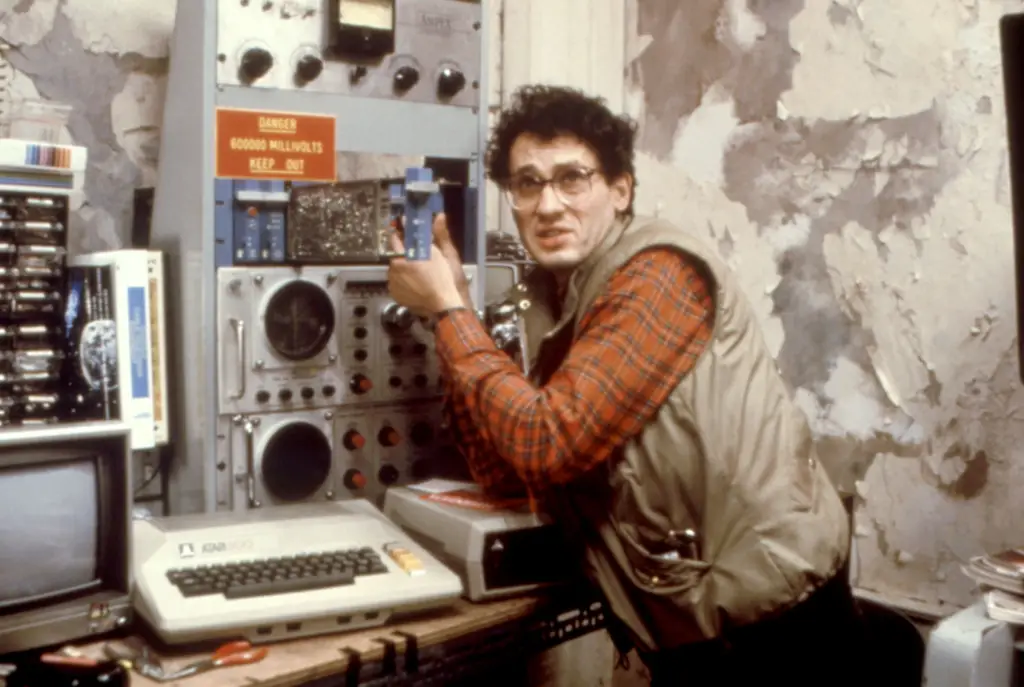
David Cronenberg’s Videodrome was a visceral, surreal dive into the darker side of media and technology. Starring James Woods as a TV executive who stumbles upon a mysterious broadcast that warps reality, the film was deeply unsettling and far ahead of its time. Its exploration of themes like media addiction, body horror, and the blurred lines between reality and illusion left audiences confused and critics divided. Unsurprisingly, Videodrome didn’t make much of a splash at the box office.
Despite its initial struggles, Videodrome found a passionate audience among those who embraced its strange, provocative storytelling. Cronenberg’s disturbing visuals, including the infamous “flesh gun” scene, became iconic in the world of horror and sci-fi. The film’s prescient commentary on the relationship between humans and technology feels more relevant than ever, cementing its legacy as one of the most influential cult classics of the decade. Today, Videodrome is celebrated for its daring creativity and its willingness to push boundaries.
10. Time Bandits (1981)
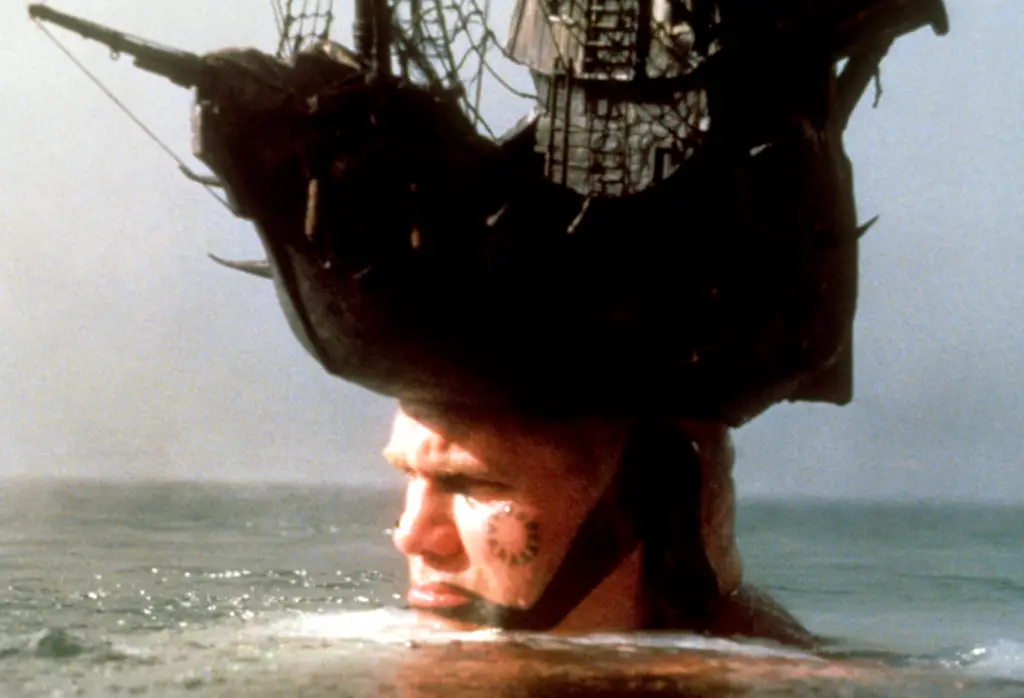
Terry Gilliam’s Time Bandits was a whimsical, visually stunning fantasy adventure that initially struggled to find its footing. The film follows a young boy named Kevin who gets swept up in a time-hopping journey with a band of mischievous dwarves, encountering historical figures and mythical creatures along the way. While critics appreciated its creativity and humor, its unconventional structure and offbeat tone made it a tough sell to mainstream audiences. It performed decently at the box office but didn’t achieve the blockbuster status its creators hoped for.
Over the years, Time Bandits found its audience among fans of quirky, imaginative storytelling. Gilliam’s signature surrealism and the film’s unique blend of humor and heart made it a cult favorite. From the unforgettable performances by Sean Connery and John Cleese to its thought-provoking ending, Time Bandits offered something for everyone willing to embrace its eccentric charm. Today, it’s hailed as a classic of British cinema and a must-watch for anyone who loves whimsical, boundary-pushing films.
11. Clue (1985)
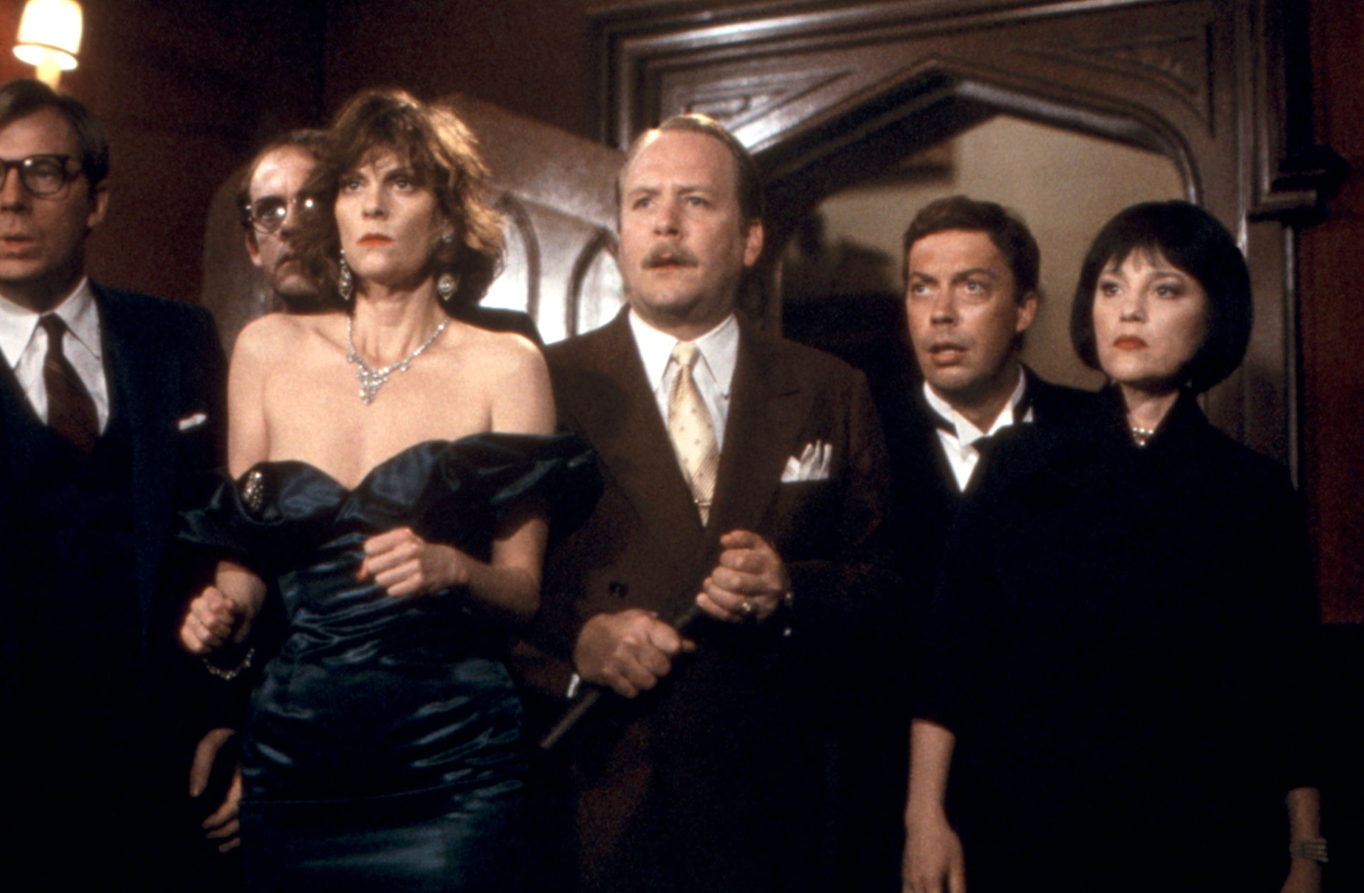
Clue is now a beloved comedy classic, but when it first hit theaters, it struggled to find an audience. Based on the popular board game, the film featured an all-star cast, including Tim Curry, Madeline Kahn, and Christopher Lloyd, in a murder mystery full of slapstick humor and witty dialogue. Its most innovative feature—the release of three different endings in theaters—confused many viewers, and the film failed to make a significant impact at the box office.
However, Clue found new life on VHS and television, where its hilarious performances and clever writing won over a devoted fan base. Tim Curry’s manic portrayal of Wadsworth the butler became the stuff of legend, and Madeline Kahn’s deadpan delivery of lines like “Flames…on the side of my face” cemented her as a comedic icon. Clue’s enduring charm lies in its ability to balance farcical humor with a genuinely engaging mystery, making it a perfect example of a film ahead of its time.
12. Withnail & I (1987)

Bruce Robinson’s Withnail & I was a darkly comedic tale of two struggling actors navigating unemployment and existential dread in 1960s England. While the film gained critical acclaim for its sharp writing and memorable performances, it failed to connect with a wide audience during its initial release. Its dry humor and bleak tone didn’t resonate with mainstream moviegoers, and it quietly faded from theaters.
But for those who stumbled upon Withnail & I in the years that followed, it became a cherished gem. Richard E. Grant’s performance as the flamboyant, self-destructive Withnail was nothing short of iconic, and the film’s biting wit made it endlessly quotable. Lines like “I demand to have some booze!” became part of the lexicon for its devoted fans. Withnail & I is now celebrated as one of the greatest cult films of all time, a poignant and hilarious exploration of friendship and failure that continues to resonate with new generations.
The ’80s were a decade of bold, experimental films that sometimes needed time to find their audience. These 12 cult classics might have stumbled at the box office, but their enduring charm and originality have cemented their place in cinematic history. Whether through innovative storytelling, unforgettable performances, or sheer audacity, these movies remind us that some treasures take a little longer to be discovered. What’s your favorite cult classic from the ’80s? Let us know!


